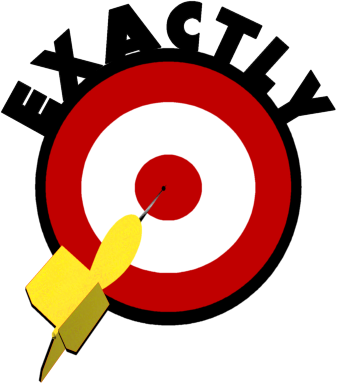oldric_naubhoff
New member
- Mar 11, 2011
- 23
- 1
- 0
lindsayt said:It's quite possible that a 6db passive crossover may will be the best compromise for overall system clarity and lack of distortion.
(this one goes to Stevie)
not to mention there will be other benefits too. no problems associated with group delay, phase coherence and perfect transient response to boot... all you have to provide is some capable drivers.
one more point about passive xover measurements submitted by Stevie. that guy was deliberately using cored coils because he new that at high power levels cores will saturate and it will cause the coils to induce distortion, i.e. the coils will no longer be linear. but if he used air cored (ribbon) coils the results wouldn't be even remotely that severe.


